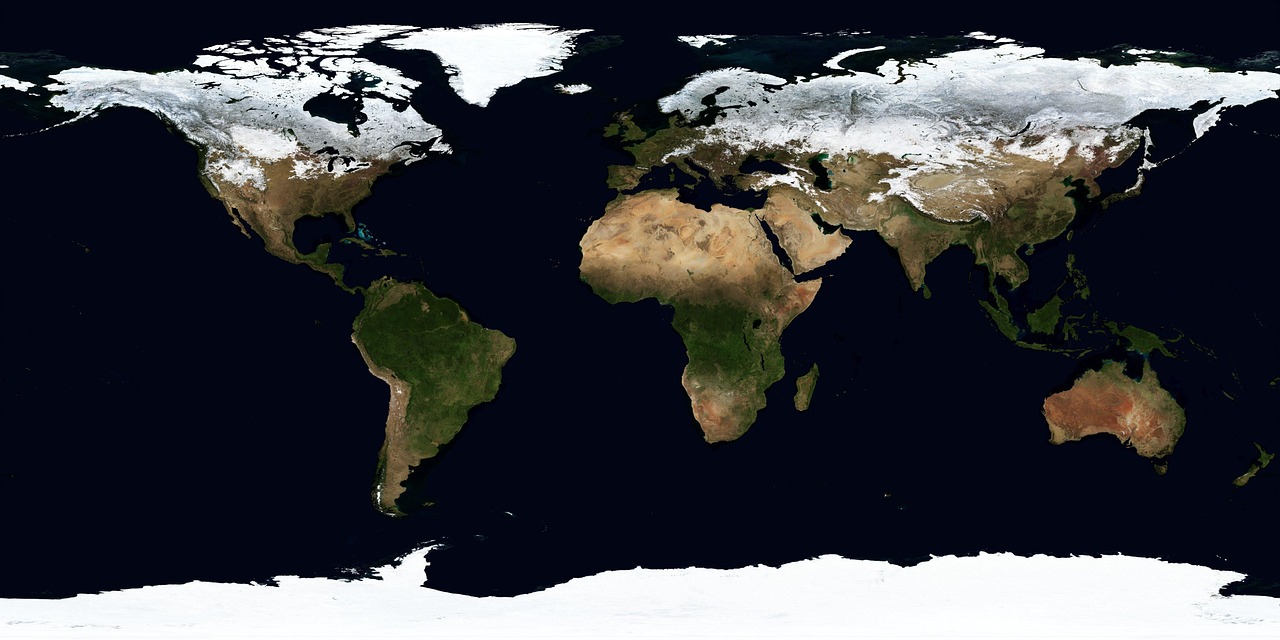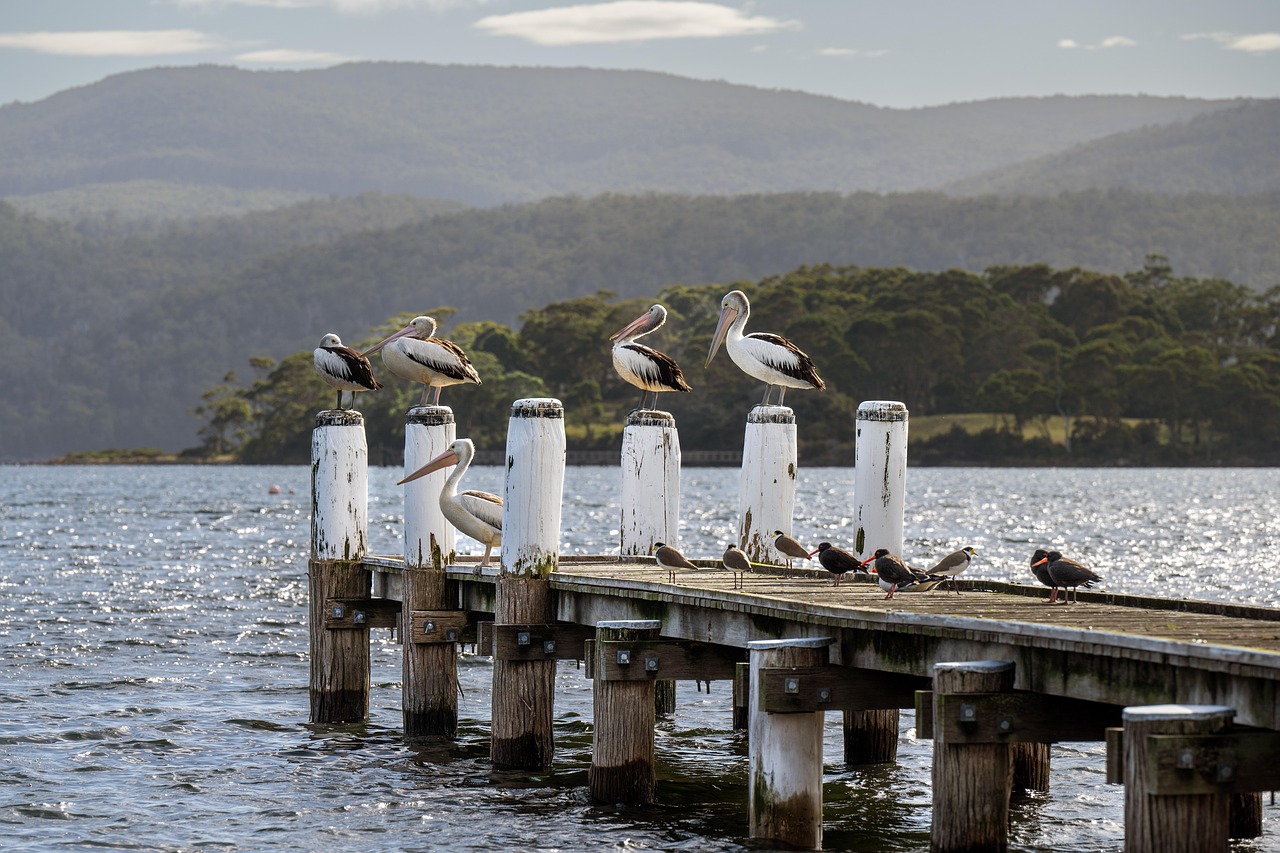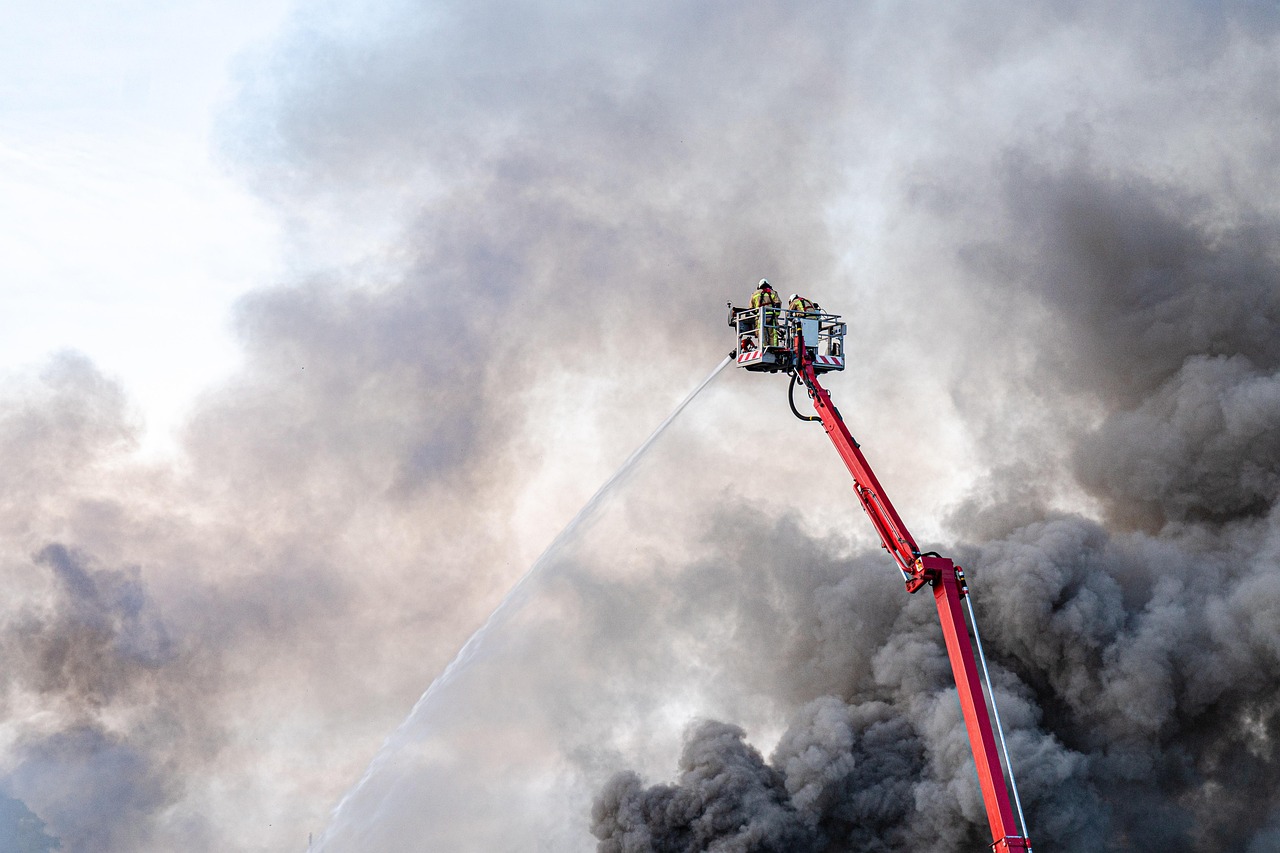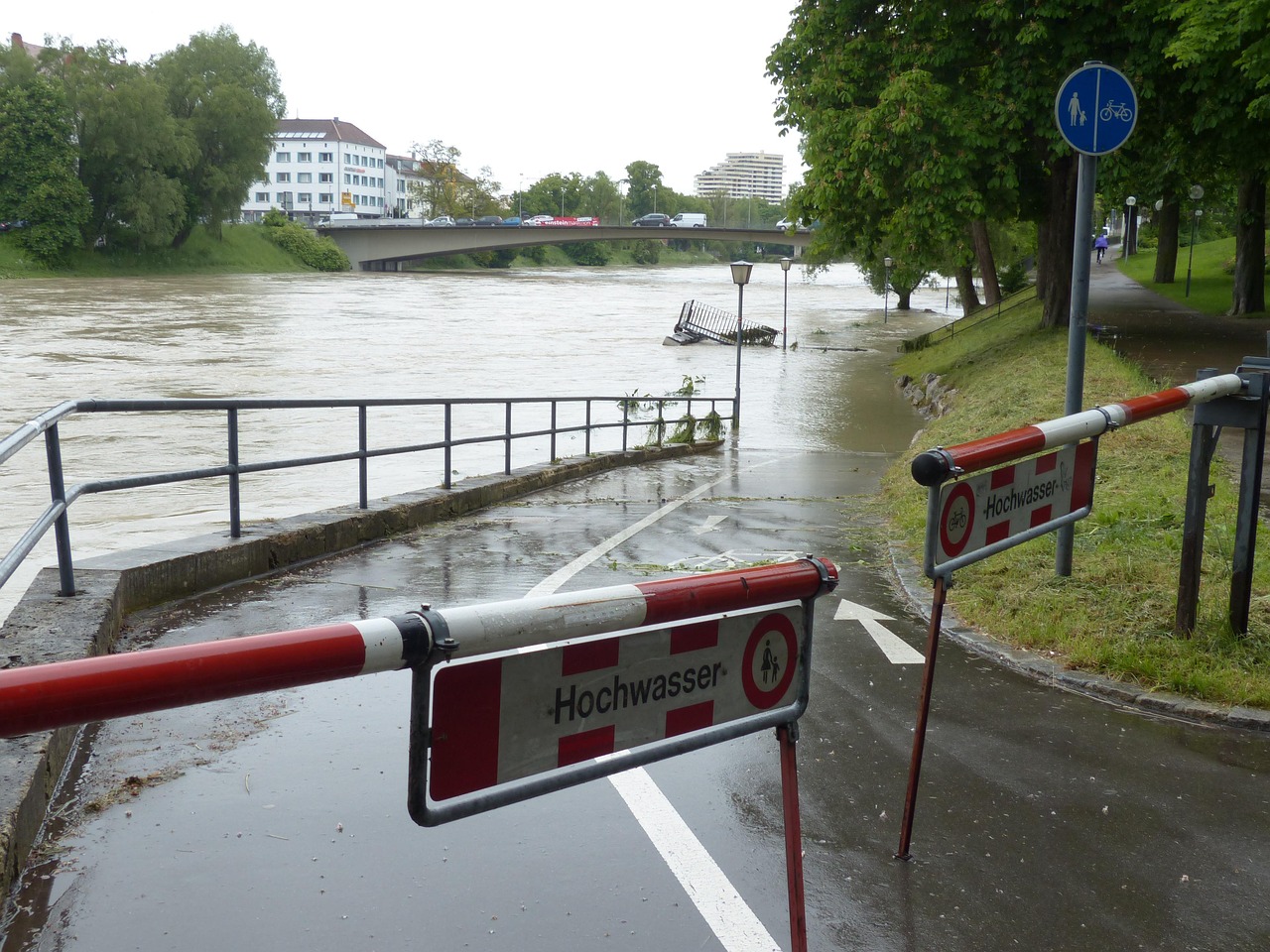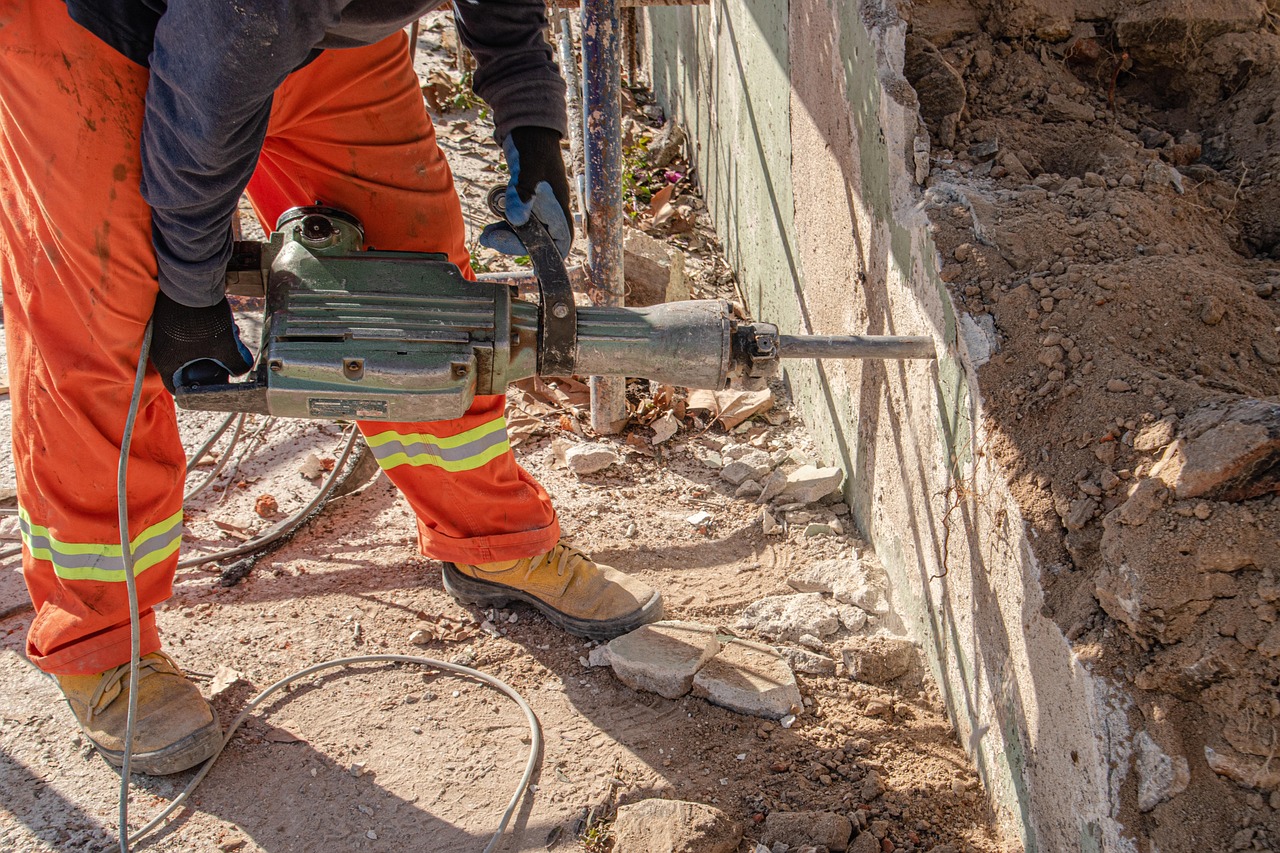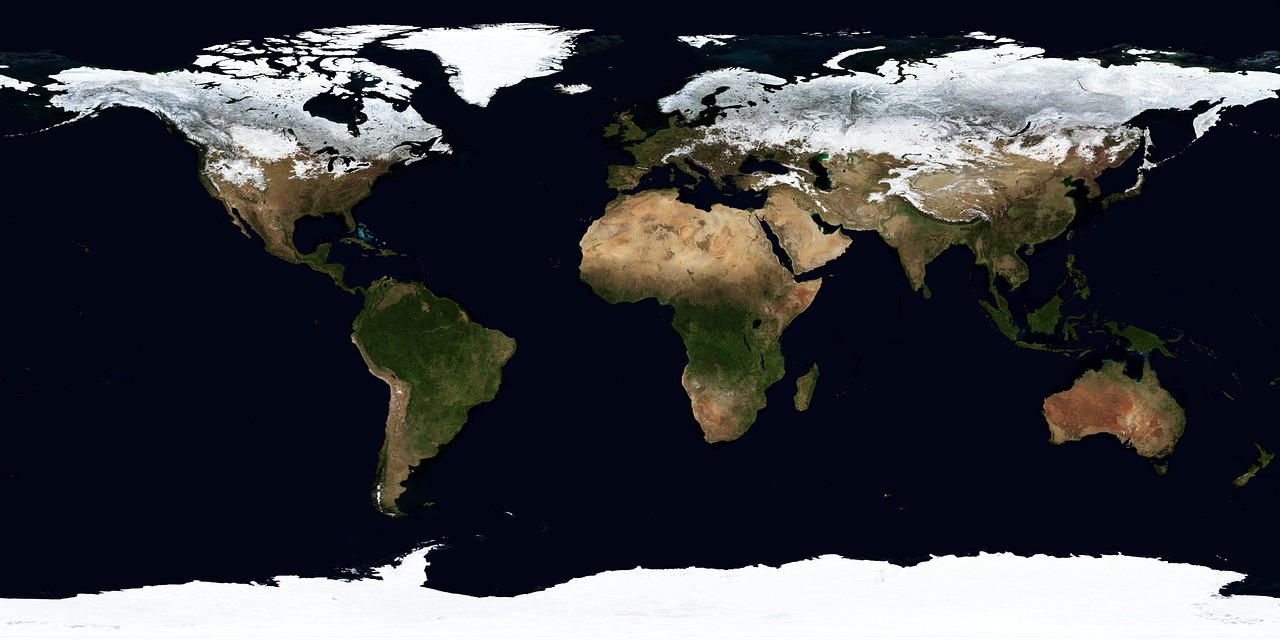
✨ Is There Still Hope for the Climate as We Approach Critical Limits ‣ Series
Understanding The Climate Urgency Today
The key point is that humanity has roughly four years left to limit global warming to a 1.5 degrees Celsius increase, a critical threshold agreed upon globally to avoid catastrophic climate impacts. This countdown is symbolized by the Climate Clock in New York City’s Union Square, which continuously ticks down the time left before reaching this point of no return. The 1.5-degree target is crucial because, beyond it, climate disasters like megastorms and rising sea levels escalate sharply. Yet, the world is alarmingly close to this limit: last year was the hottest on record, with global temperatures about 1.55 degrees Celsius higher than pre-industrial levels, indicating we may have already crossed the threshold in recent years. Despite this, global emissions remain at record highs, and current policies are projected to lead to a 3-degree Celsius increase by 2100, a level associated with irreversible damage.
Why The 1.5 Degree Target Must Not Change
There is a growing debate about whether to adjust the 1.5-degree target given current trends, but experts strongly warn against moving the goalpost. Johan Rockström, co-director of the Potsdam Institute for Climate Impact Research, emphasizes that exceeding this limit risks triggering climate tipping points such as ice sheet collapse and ocean current disruptions. These tipping points could accelerate warming and increase the difficulty and cost of removing carbon from the atmosphere later. Jean-Pascal van Ypersele, former vice-chair of the Intergovernmental Panel on Climate Change (IPCC), argues that if targets are regularly relaxed, the sense of urgency needed to drive action will disappear. Maintaining the 1.5-degree target is essential to prevent “lethal levels” of warming that would cause widespread harm.
The Reality Of Climate Impacts And Adaptation
Scientists like Daniel Swain highlight that the climate crisis is already unfolding, describing it less as a ticking bomb waiting to go off and more as an ongoing blast that must be contained. The best-case scenarios from a decade ago may no longer be achievable, making adaptation to hotter and more volatile weather conditions essential alongside emission cuts. The Paris Agreement also sets a secondary goal to keep warming “well below 2 degrees Celsius, ” which remains potentially attainable with aggressive action. This involves rapidly phasing out fossil fuels, protecting ecosystems, electrifying infrastructure, and scaling up renewable energy like solar power. These measures are backed by extensive research and real-world data showing that coal, oil, and gas are the primary drivers of global warming, and their reduction is key to slowing temperature rise. ## Why Hope And Action Are Still Possible. Despite the grim statistics, climate advocates like marine biologist Ayana Elizabeth Johnson encourage persistence and resilience. She underlines that surpassing 1.5 degrees does not mean the fight is over; even small differences in temperature increases can translate into hundreds of millions of lives affected and the survival of ecosystems like coral reefs. For example, coral reefs struggle at well below 2 degrees and may face extinction at 2 degrees. Johnson’s message is clear: giving up is not an option. The future of life on Earth depends on collective tenacity and fortitude to meet these challenges head-on. This call to action is supported by scientific evidence that emissions pathways and climate policies can still be altered to reduce warming and protect vulnerable communities.
How To Engage And Make A Difference Now
To engage effectively in the climate crisis, citizens should focus on these action items:
1. Understand the urgency by following credible climate data sources like the IPCC reports and Climate Clock updates. 2. Advocate for policies that commit to the 1.5-degree target and reject attempts to weaken environmental protections. 3. Support the transition from fossil fuels to renewable energy by backing clean energy initiatives and holding corporations accountable. 4. Promote adaptation measures in local communities such as improved infrastructure to handle extreme weather and protecting natural ecosystems. 5. Educate others about the real risks of climate tipping points and the importance of sustained action. 6. Participate in civic processes by voting for leaders who prioritize climate science and environmental regulation. 7. Stay informed about new climate research and technological advancements that can reduce emissions and increase resilience. Every individual’s engagement is crucial to slow the pace of warming, protect lives, and secure a sustainable future. The window is closing fast, but with informed and persistent action, it is still possible to keep global warming within safer limits.
